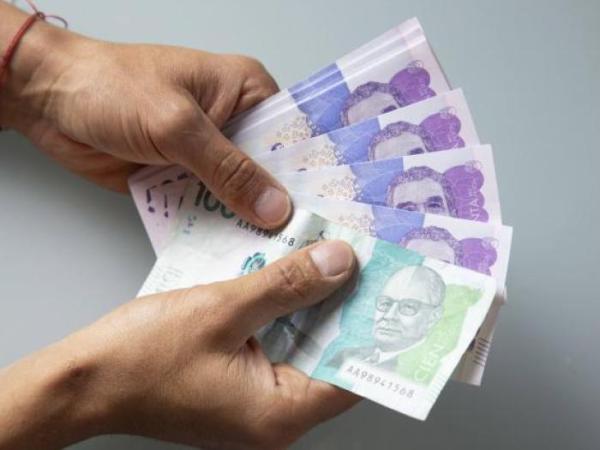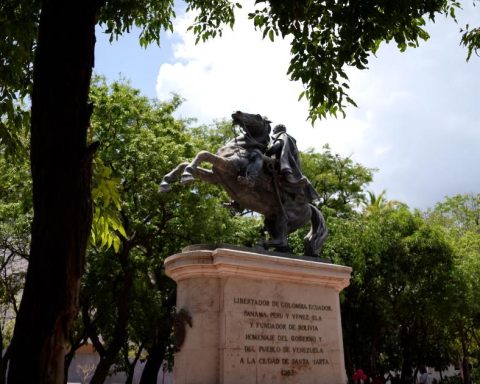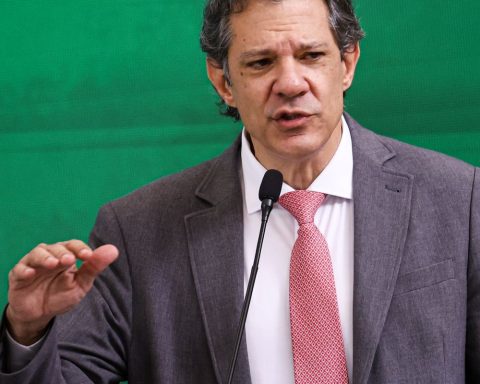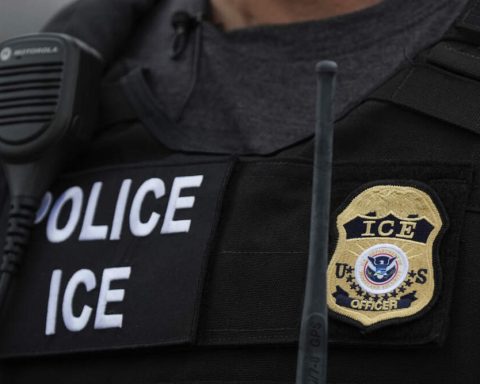The tax reform project of the government of Gustavo Petro seeks to raise $25 billion, and a good part of this amount, around 32.4%, is sustained by individuals with higher incomes. For this reason, one of the measures introduced The project is a permanent wealth tax, from $3,000 million, and with which, according to the bill, $2.6 billion per year would be reached.
(Taxable base of the wealth tax remains intact).
“The worst distributed in Colombia is wealth, therefore it has to be distributed with a specific tax”, assured a few days ago the minHacienda, José Antonio Ocampo.
The project also proposes marginal rates, with a rate of 0.5% for liquid assets between $3,000 million and $5,000 million, and 1% from $5,000 million.
In addition, it proposes that the first $502 million of the property value of the dwelling be subtracted from the taxable base of the tax, and according to the Treasury, this scheme “represents a disincentive to the acquisition of unproductive assets, and reduces inequality through a greater effective burden for higher incomes”.
From the academy there are several discussions about this tax. According to Leopoldo Fergusson, director of the Center for Studies on Economic Development (Cede) of the U. de los Andes, although a few years ago it was believed that ‘theoretically’ the optimal thing was to have a 0% wealth tax, but he says that Today it is already clear that ‘this is not an efficient wealth tax’.
(Tax reform: the changes that the unions ask Petro).
“There is a wide series of works that point out how, in the effort to have a tax system that manages to improve income distribution to some extent, personal wealth taxes are an interesting and potentially useful mechanism,” said.
Previously, from the Faculty of Economics of the U. de los Andes, Fergusson, together with professor Mark Hofstetter, had presented another proposal to tax wealth: starting at $1,000 million and not allowing any discount. But it coincides with the government’s proposal on rates.
“The wealth tax in the Colombian case, such an unequal society, is absolutely logical, as long as it is well designed. I believe that the design brought about by the reform is good, even generous, because it begins to charge only for people who have $3,000 million or more, and only on the part that exceeds what is allowed as provision for own housing, which is not a modest part. ”, Fergusson assured.
From the Pontifical Bolivarian University (UPB), on the other hand, Óscar Manco, professor and expert in economics, assured that these taxes have to be analyzed with a “quite differential and careful” magnifying glass.
Manco mentioned how many people have increased their assets through indebtedness and contributions, which represent liabilities that taxes often do not consider. “There is no evidence from the economic point of view that indicates that effectively, with a tax charged to wealth or assets, we can have an increase in competitiveness”said.
From the Fiscal Observatory of the Javeriana University, its director, Oliver Pardo, mentioned that according to Dian data, there are 3.6 million filers, which represent approximately 5% of the Colombian population, the richest 5%.
“If we compare the wealth of the richest 10% of filers versus the poorest 10% of filers, we find that the wealth of the richest is 100 times that of the poorest filers.”
(These would be the greatest impacts that the tax reform would bring).
According to Pardo, if you look at the concentration, not at the level of declarants, but of the entire population, the orders of magnitude would be greater than 100 times. “There are grounds to be concerned about the great concentration of heritage”, Pardo said.
Jorge Enrique Espitia, a researcher at the Fiscal Policy Thought Center of the National University of Colombia, maintained that in relation to natural persons and according to Dian’s income tax returns, 10% of natural persons with lower incomes, close to 397,500 natural persons, who declared income in the year 2020, concentrated 0.89% of the total gross income of declaring natural persons.
“In contrast, 5% of natural persons with the highest income, about 198,770 filers, in 2020 participated with 37.2% of the total gross income of natural persons filers”, assured the academic, and added: “Even more, the 1% of natural persons with the highest income in the country, who represented 39,754 filers, concentrated 20.6% of the total gross income.”
Espitía was emphatic that there are great differences in wealth between natural persons. According to calculations by the Fiscal Policy Thought Center of the National University, with respect to the 10% of people with the lowest liquid assets in the country, the 1% of people with the highest assets have liquid assets 960 times higher. Additionally, the 10% of people with the highest assets account for 52% of the declared total liquid assets, while the 10% of people with the lowest assets account for just 0.21%.
A reform supported by natural persons
The Gustavo Petro government’s tax reform project supports its goal of $25 billion, especially for individuals, and as Minister José Antonio Ocampo has indicated, the “most complex” issue is the income tax for individuals.
According to the head of the Treasury and Public Credit portfolio, with this tax only 19% of the total taxes are collected in Colombia, against an average of 51% that contributes in the countries that are part of the OECD.
(Tax and other factors that would impact home sales).
Only for the income tax on natural persons, it is expected to reach a collection of around $5.4 billion annually.
This will apply to people who earn from $10 million per month or less will not pay more. The additional income will come from the top 2.4% of earners.
Laura Lucia Becerra Elejalde

















